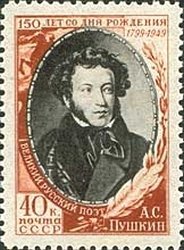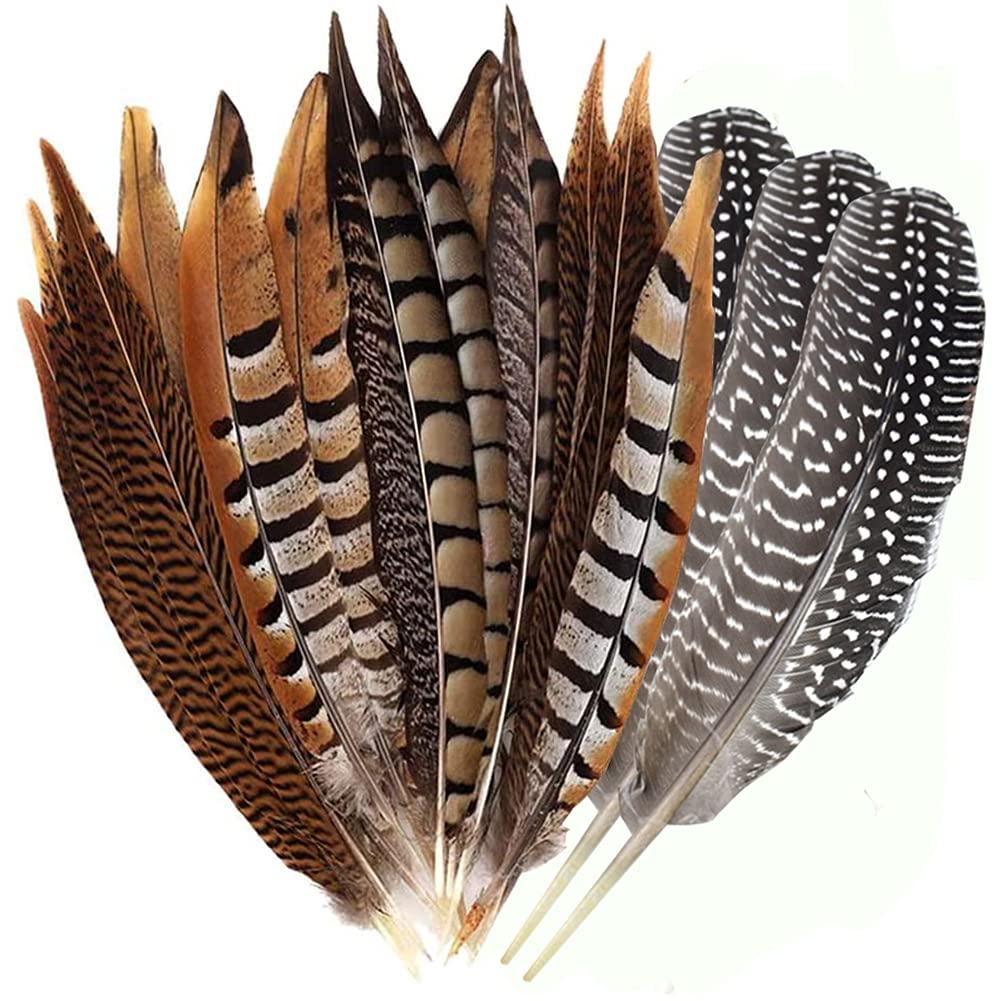Stamp: Alexander S. Pushkin (1799-1837), Russian author (Soviet Union, USSR 1949)
Alexander S. Pushkin (1799-1837), Russian author (Soviet Union, USSR 1949)
06 June (Soviet Union, USSR ) within release 150th Birth Anniversary of Alexander Pushkin goes into circulation Stamp Alexander S. Pushkin (1799-1837), Russian author face value 40 Russian kopek
| Stamp Alexander S. Pushkin (1799-1837), Russian author in catalogues | |
|---|---|
| Michel: | Mi:SU 1349 |
Stamp is horizontal format.
Also in the issue 150th Birth Anniversary of Alexander Pushkin:
- Stamp - Alexander S. Pushkin (1799-1837), Russian author face value 40;
- Stamp - A.S. Pushkin among his friends in Kamenka face value 2;
Stamp Alexander S. Pushkin (1799-1837), Russian author it reflects the thematic directions:
Famous People refers to the fame and public attention accorded by the mass media to individuals or groups or, occasionally, animals, but is usually applied to the persons or groups of people (celebrity couples, families, etc.) themselves who receive such a status of fame and attention. Celebrity status is often associated with wealth (commonly referred to as fame and fortune), while fame often provides opportunities to make money.
Commemorations are a type of religious observance in the many Churches of the Anglican Communion, including the Church of England. They are the least significant type of observance, the others being Principal Feasts, Principal Holy Days, Festivals, and Lesser Festivals. Whereas Principal Feasts must be celebrated, it is not obligatory to observe Commemorations. They are always attached to a calendar date, and are not observed if they fall on a Sunday, in Holy Week, or in Easter Week. In Common Worship Commemorations are not provided with collects or indications of liturgical colour. However, they may be celebrated as Lesser Festivals if local pastoral conditions suggest it.
Feathers are epidermal growths that form a distinctive outer covering, or plumage, on both avian (bird) and some non-avian dinosaurs and other archosaurs. They are the most complex integumentary structures found in vertebratesand a premier example of a complex evolutionary novelty.They are among the characteristics that distinguish the extant birds from other living groups
A symbol is a mark, sign, or word that indicates, signifies, or is understood as representing an idea, object, or relationship. Symbols allow people to go beyond what is known or seen by creating linkages between otherwise very different concepts and experiences. All communication (and data processing) is achieved through the use of symbols. Symbols take the form of words, sounds, gestures, ideas, or visual images and are used to convey other ideas and beliefs. For example, a red octagon is a common symbol for "STOP"; on maps, blue lines often represent rivers; and a red rose often symbolizes love and compassion. Numerals are symbols for numbers; letters of an alphabet may be symbols for certain phonemes; and personal names are symbols representing individuals.




